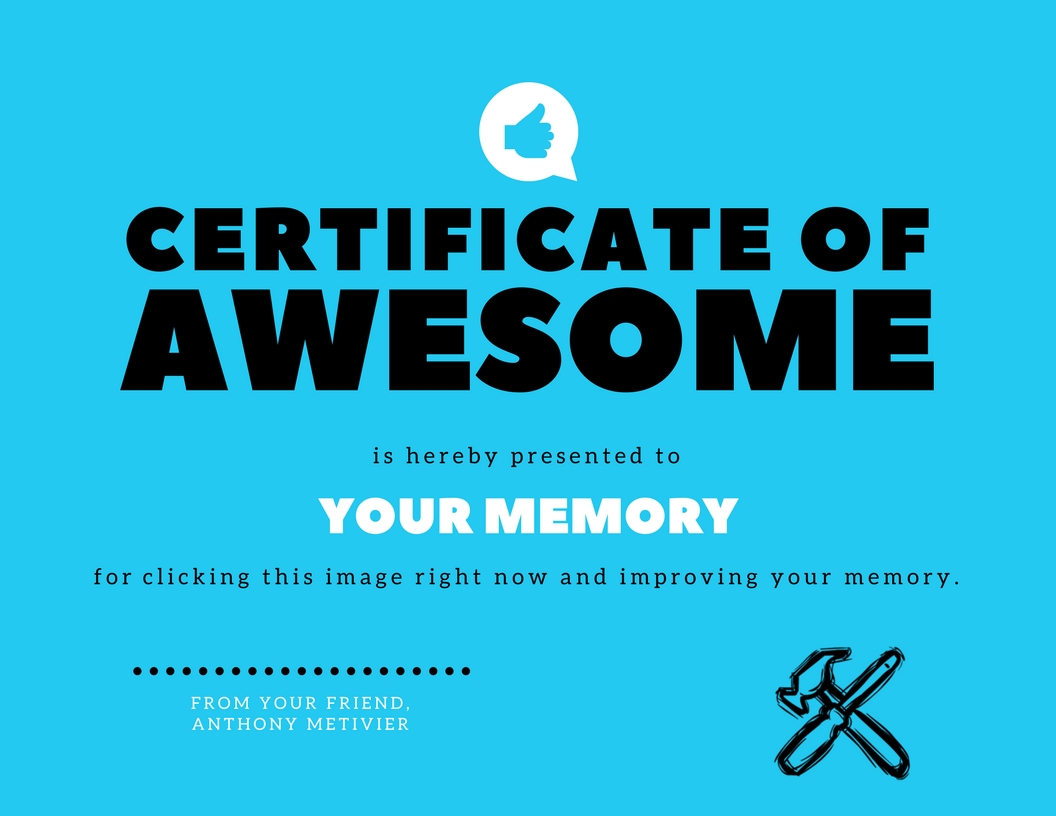Thu, 26 October 2017
Oh sure, the scientists talk about short term memory and long term memory. Retrieval failure and ineffective coding. Motivated forgetting and memory loss due to brain trauma, not unlike the kind we learned about in this episode of the Magnetic Memory Method Podcast (and how to bounce back from it): All important stuff. But let me ask you this: What About The Real Causes Of Forgetting?
To find out, you’ve got to be a bit of detective. I’m going to suggest three of the biggest causes, but at the end of the day, you also need to seek out the causes in your own life. Like a detective. But the following three are widely unknown, and the best time to start ousting them from your life is now. The first is simple: It’s general mental and memory fitness. But the majority of people? They’re doing nothing about it. And get this:
Not Exercising Your Memory Is A HUGE Mistake
Why? Well, let me ask you something: You know all those little slips all memory experts make from time to time? They’re nothing. N-o-t-h-i-n-g. Certainly nothing like the Garden of Oblivion featured on this Wiki page about forgetting some people make it out to seem: Definitely not a problem compared to the mountains a person with decent memory skills can move when push comes to shove. But if you’re not keeping your mind fit with organic memory exercise – not “apps” – you’re cruisin’ for a bruisin’. The solution? Develop some organic memory fitness instead. To help, here are 5 Memory Improvement Exercises That Don’t Require Another Annoying App.
The Big Fat Memory Lie People Love To Tell
A lot of people out their aren’t telling the truth. They’ll tell anyone who’ll listen about having a weak or bad memory. Look: It’s bad enough if you lie to yourself. But lying to others? That’s a big problem. Why? Because those to whom you lie might actually hold you accountable to the things you tell them about your memory. Never Ever (Ever!) Insult Your Memory
Look, I know it seems innocent enough, but telling people you have a bad memory is far from in. In fact, it’s a crime. Why? Because your thoughts matter and you should NEVER insult your memory.
How To Stop Lying About Your Memory
Instead of saying, “I can’t remember” and things like that, try something else. When memory “fails,” try saying things like, “I’m sorry. I’m always exercising my memory. It’ll come back to me.” I promise. By doing this, you’ll create an entirely new and more powerful relationship with your memory. This new relationship will make you very happy and bring you immense success.
How To Chill Out And Remember More
Do you want to know why memory improvement seems like such a drag when others teach it? Because they put so much pressure on making it happen. No. Oh no. Please no. We’re not in a competition here, not in the Magnetic Memory Method universe. Sure, the Magnetic Memory Method can help you win competitions. I’m happy to announce that my memory training has contributed to such triumphs not once, but twice:
That’s a happy side effect, and one I’m proud of. By my core focus falls on getting you to relax your memory so you can slide important info into long term memory. Info you want to stay for awhile. Not Bland, Boring And Mind-Butchering Info You’ll Never Use!
In some cases (like when you’re learning a language or skill), you want that info to stay forever. The blunt, cold hard truth: If you’re as rigid as a rock, it never will. Information will bounce off your brain faster than you can blink. So here’s what I suggest: Learn how to concentrate and improve memory Buddha-style. Then leave a comment below and tell me what you think. Are you making any of the 3 memory mistakes that cause so much forgetting? And let me know: What do you need to help you remove these mistakes? If it’s a memory improvement video course, just click on the image below to get started: But please promise me one thing: Promise that you’ll stay away from memory supplement pills. Trust me. Not only does taking them put a burden on your memory (you have to remember to take them, after all). But they don’t get at the root causes of why we forget and all the core factors that influence forgetting. Look forward to hearing from you in the comments and talk soon! Sincerely, Anthony P.S. Do you have this book?
The post 3 Causes Of Forgetting Science Never Mentions And How To Stop Them appeared first on Magnetic Memory Method - How to Memorize With A Memory Palace.
Direct download: 3_Causes_Of_Forgetting_Science_Never_Mentions_And_How_To_Stop_Them.mp3
Category:Podcast -- posted at: 2:43am EDT |
Thu, 19 October 2017
I mean, we love using the term “from head to toe,” but… When it comes to everything that happens between these two parts… There aren’t a whole lot of straight lines. That’s why we need a dedicated Memory Palace strategy when it comes to memorizing human anatomy. And even if the human body is ultimately a whole unit, it is built from multiple systems. That’s great because the Magnetic Memory Method operates from the basis of multiple Memory Palaces. (I prefer to think of these Memory Palace systems as “networks” because of how one Memory Palace strengthens the other.) Here’s the raw truth: If you’re using just one Memory Palace, you’re not even close to the awesome power of multiple locations optimized for memorizing information like human anatomy. But first things first:
Why Use A Memory Palace For Human Anatomy?
When you look at the alternatives, the most direct and honest answer is this: Because Memory Palace systems and mnemonics are quite simply more fun. More fun than software. More fun than flash cards. More fun than the stress and strain of forgetting the words again and again (especially if you have medical exams looming). But the reality is this: Not All People Love Using A Memory Palace |
Wed, 11 October 2017
I know because I’ve been there. I used to struggle. Big time. But then something changed. And these days, many people marvel at how rapidly I toss out powerful mnemonic examples on demand. The truth: I trained myself to do it. And I’ve trained thousands of others since then to unlock this simple power. The only problem is… A lot of people never reach their goal of being about to pop out reliable Magnetic Imagery (a.k.a. mnemonic imagery) because they get the impression that creating mnemonics is too hard. (That’s too bad, because the truth is, you don’t even have to have a dictionary full of images in your mind in order to mnemonics to work.) People also worry that creating effective mnemonics takes too much time, even though all the evidence in the world shows that if you’ll just learn the skill, it gets faster and faster.
Here’s What Most Unsuccessful People Do…
They go running all over the Internet looking for a mnemonic generator or mnemonics dictionary, never understanding that true skill with memory techniques comes from honing your “mnemonics psychology,” a.k.a memory improvement mindset. And let’s not even try to dodge one basic truth: Becoming a person who can create useful mnemonics on the fly (even faster than they can create an impromptu Memory Palace) requires some personal power. After all, you’re summoning up the best powers of your imagination, after all. And that takes…
A Magnetic Fountain Of Mental Energy!
The truth is that getting started can feel like effort. And some beginners with mnemonics need more energy than others. But here’s the thing: The effort needed when using memory techniques like a Memory Palace all amount to a special kind of effort. A kind of effort that is not only easy and fun to employ, but one that gets easier over time as you transform into a mnemonics dictionary.
What Is A Mnemonics Dictionary?
Basically, most mnemonics dictionaries serve as a crutch. Some mnemonics dictionaries show you pictures that will help you remember words. They could be for medical terminology or help remembering vocabulary while learning a language. For Chinese, Chineasy essentially serves that function. I’ve made my own version for MandarinHQ’s Real Spoken Chinese Vault with special video walkthroughs. But the difference between Chineasy and the kind of mnemonics dictionaries I create is this: Whereas others tend to throw you piles of mnemonic examples on end without helping you understand your mnemonic style, I teach you the skill behind creating the mnemonics. Not only so you can develop your own mnemonics dictionary for a language you’re studying or a particular body of expertise. But so that you actually understand how your memory and imagination work and can ultimately teach these simple skills to others. That leads to pure happiness. Seriously, just look at these smiles:
Best part? When you learn how to fish instead of letting someone fish for you, the reduction in effort happens fast. And you come to understand one fundamental truth most people don’t know: You’re Using Mnemonics All The Time Anyway!
You just don’t realize it. And you probably don’t have a positive outlook on what “effort” really means.
The Truth About “Effort” Everyone Who Wants |
Wed, 4 October 2017
Sometimes we say something we think is funny. Other times we’re just being rude. Heck, sometimes we don’t even know why we get the feeling we’ve said something wrong or offensive. For whatever reason, often within seconds… Ours words suddenly rub us the wrong way. Worse: The bad feeling that won’t go away starts to itch… It may even burn, sometimes leading us to say even more ludicrous things that make us feel even worse. Once those words are out there … they’re out there. The worst thing of all:
This Problem Chews Up Your Mental Space And |
The Magnetic Memory Method Podcast

Categories
generalMemory Improvement Tools
Memory Method Tips
Brain Exercises for Memory Improvement
Memory Improvement Case Studies
Podcast
Guest Post
Memory Palace Tactics
Practical Memory Techniques
Uncategorized
Improve Memory Q&A
Archives
AprilMarch
February
January
December
November
October
September
August
July
June
May
April
March
February
January
December
November
October
September
August
July
June
May
April
March
February
January
December
November
October
September
August
July
June
May
April
March
February
January
December
November
October
September
August
July
June
May
April
March
February
January
December
November
October
September
August
June
May
April
March
February
January
December
November
October
September
August
July
June
May
April
March
February
January
December
November
October
September
August
July
June
May
April
March
February
January
December
November
October
September
August
July
June
May
April
March
February
January
December
November
October
September
August
July
June
May
April
March
February
January
December
November
October
September
August
July
June
May
April
March
February
January
December
November
September
| S | M | T | W | T | F | S |
|---|---|---|---|---|---|---|
| 1 | 2 | 3 | 4 | 5 | 6 | 7 |
| 8 | 9 | 10 | 11 | 12 | 13 | 14 |
| 15 | 16 | 17 | 18 | 19 | 20 | 21 |
| 22 | 23 | 24 | 25 | 26 | 27 | 28 |
| 29 | 30 | 31 | ||||
Syndication

 There are three causes of forgetting that memory science strangely never mentions.
There are three causes of forgetting that memory science strangely never mentions.

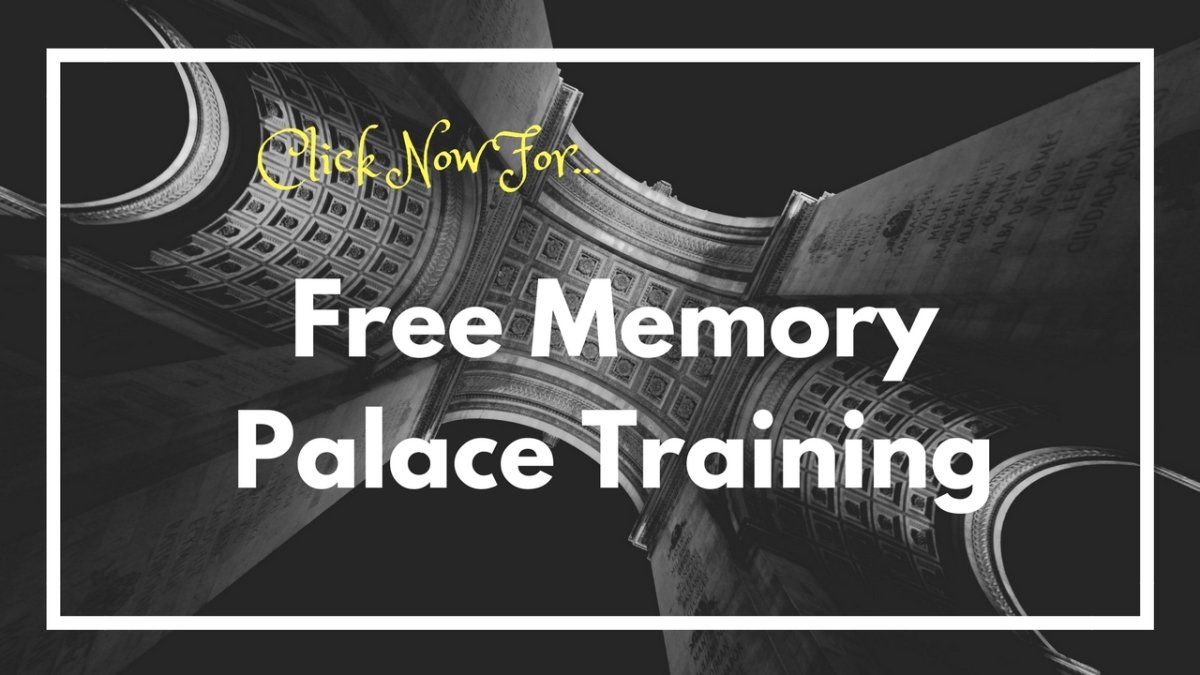

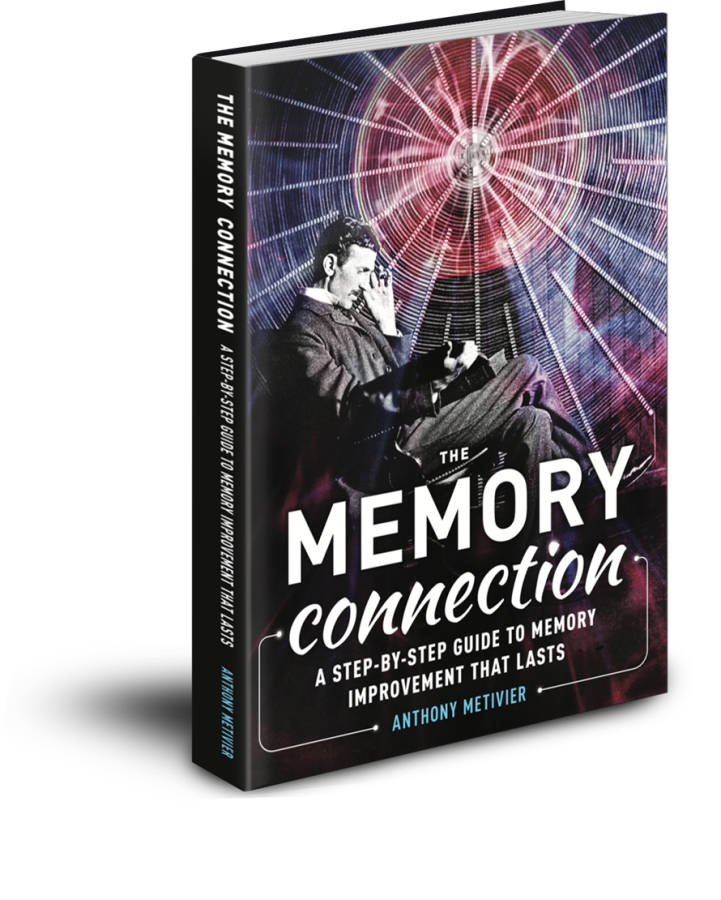
 Human anatomy isn’t exactly linear, is it?
Human anatomy isn’t exactly linear, is it?
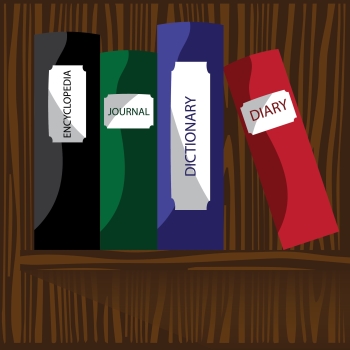 Nothing is more valuable than the benefit of hindsight from someone with experience, especially if you want to become a mnemonics dictionary.
Nothing is more valuable than the benefit of hindsight from someone with experience, especially if you want to become a mnemonics dictionary.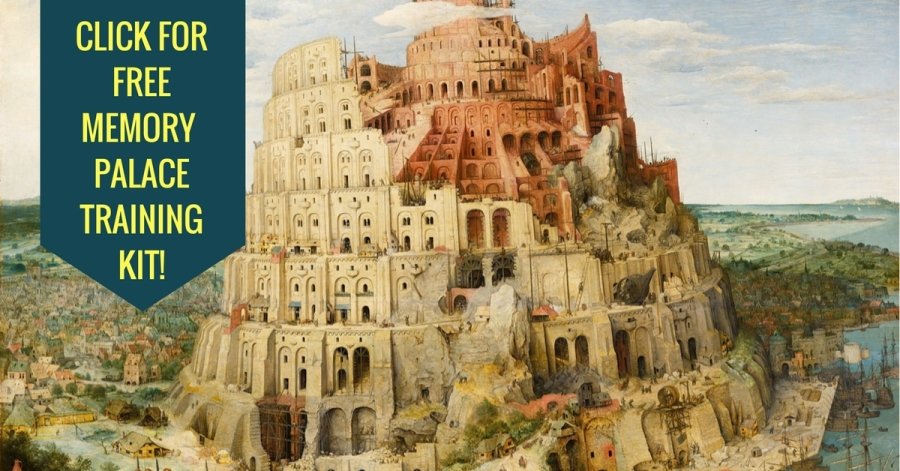
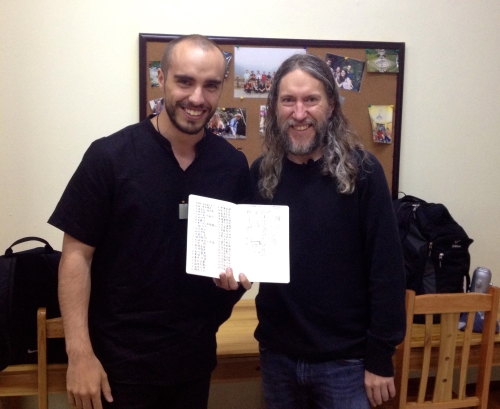
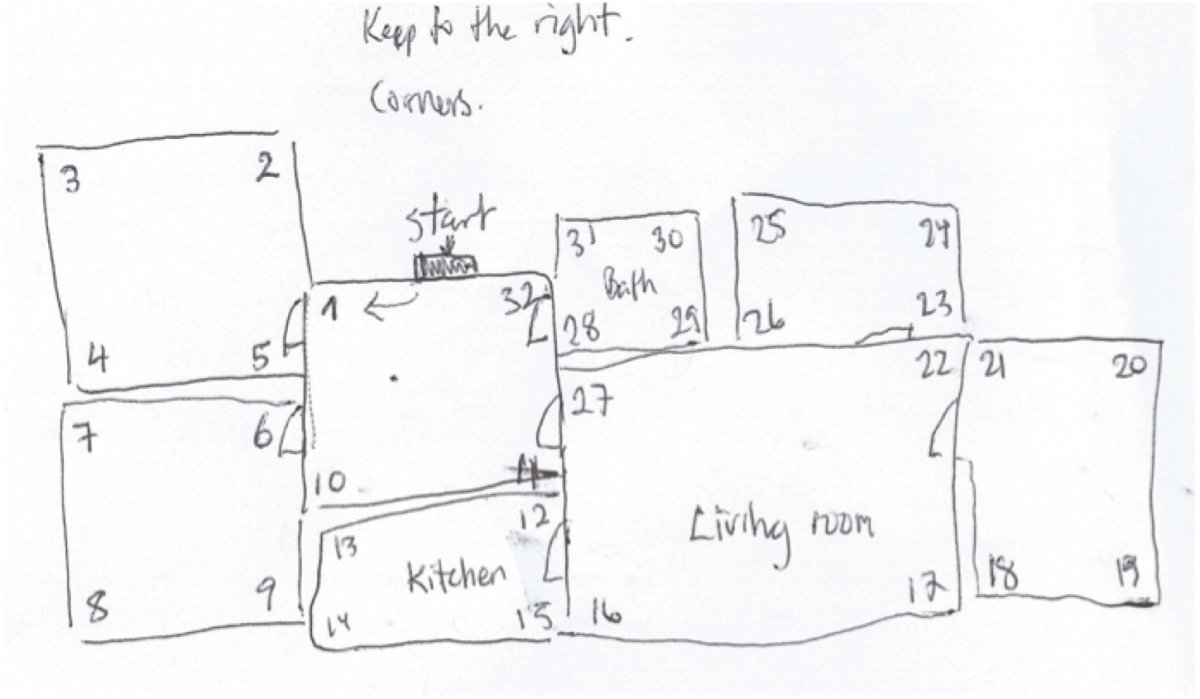
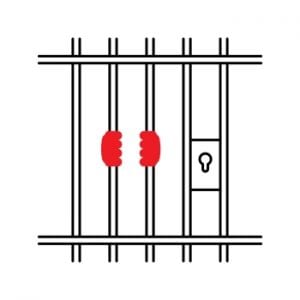 It happens. We all have verbal diarrhea from time to time.
It happens. We all have verbal diarrhea from time to time.